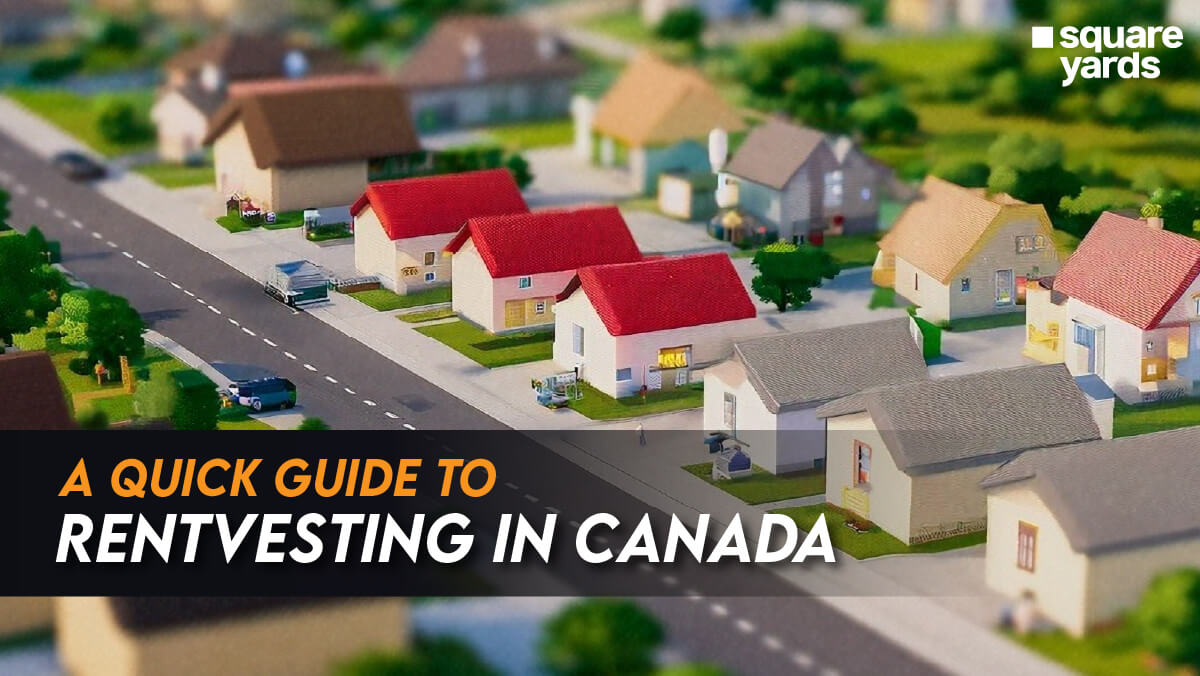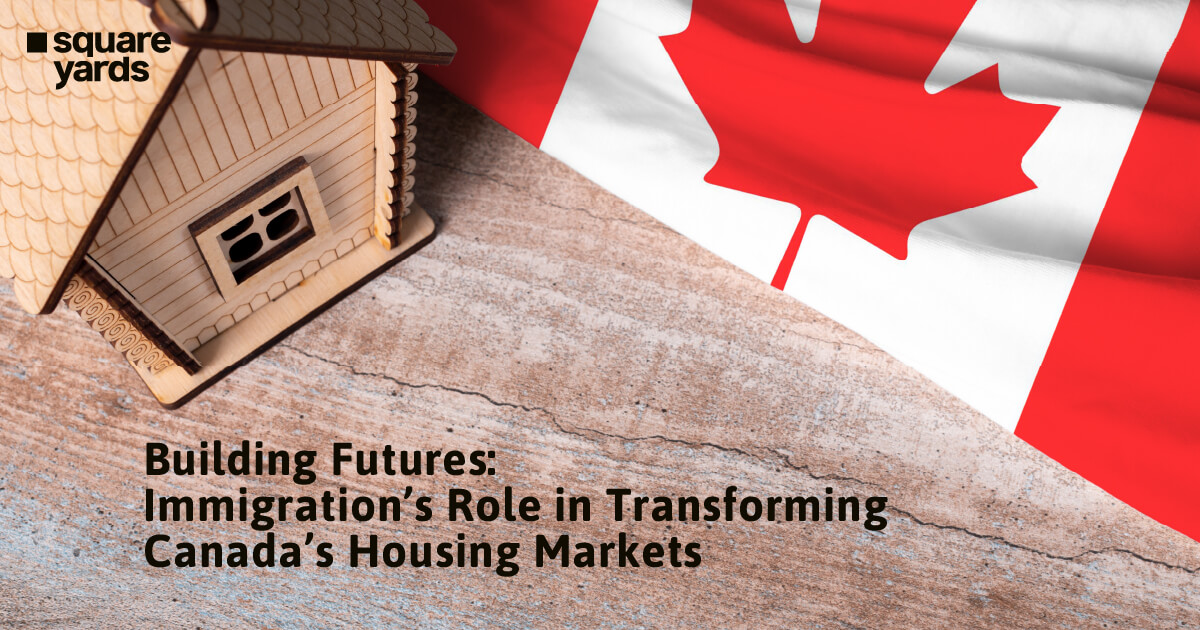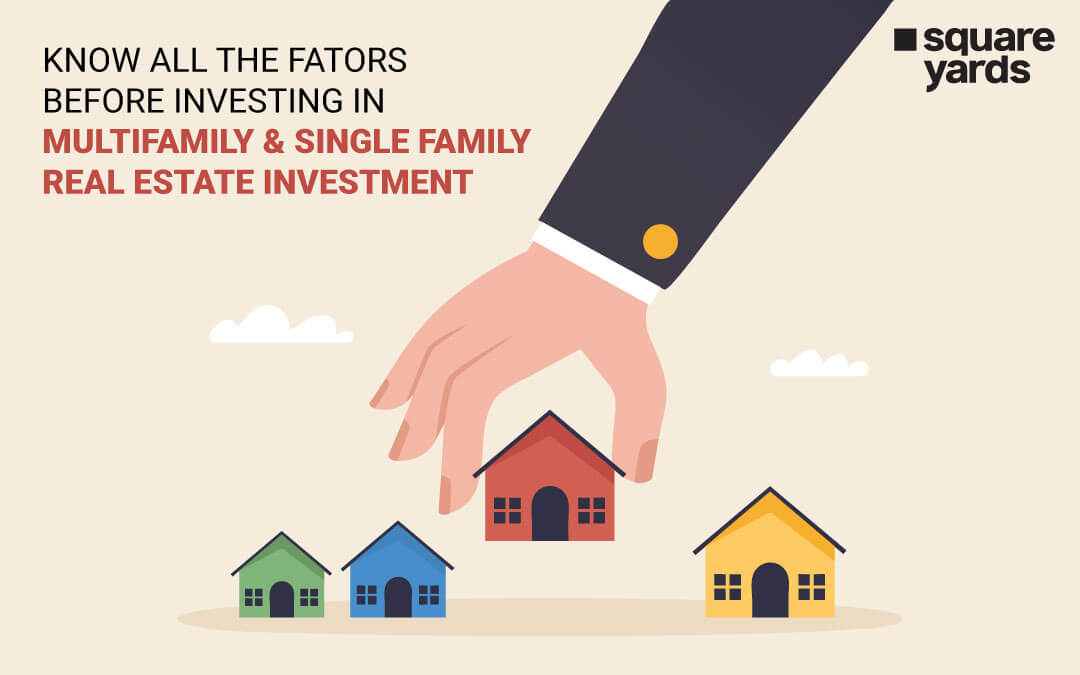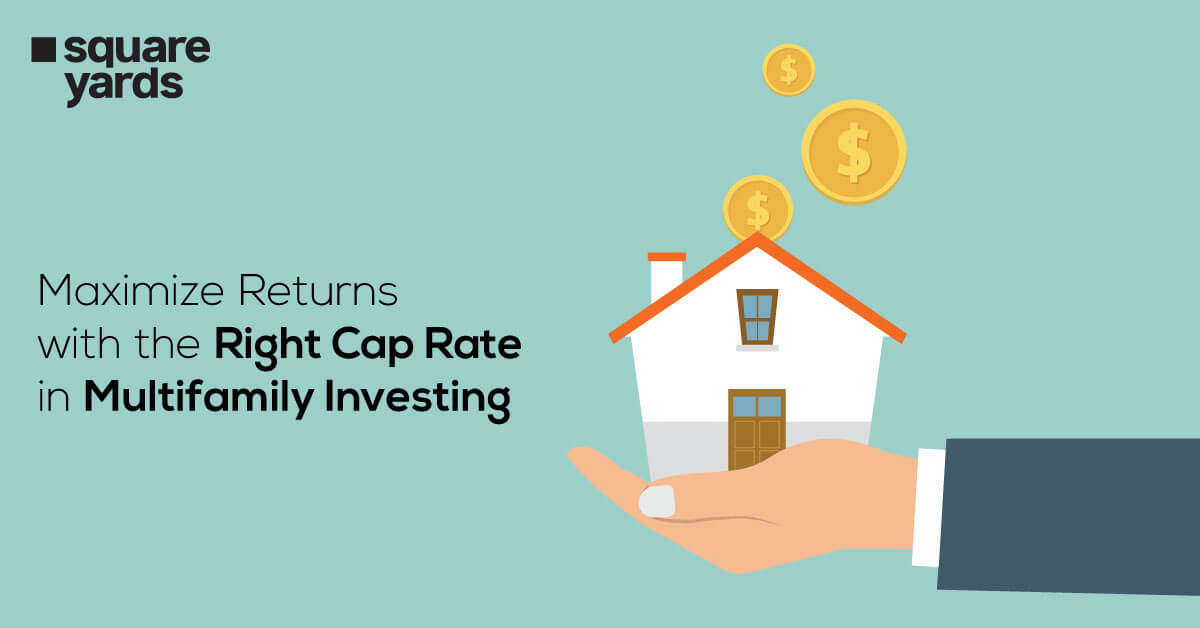Canada Mortgage approval is the act of obtaining financing to purchase a home. This process can begin independently by directly engaging with a lender or, alternatively, through a mortgage broker. This option involves selecting a mortgage broker to review your financial situation and explore possible options. You enter the pre-approval phase, preparing for the formal application. The final stage concludes with the confirmation of your mortgage details and the formal request for the mortgage. While not mandatory, utilising a mortgage broker can be beneficial. They simplify the process, helping you understand which loans you are eligible for and the reasons for this eligibility. Moreover, they can improve your chances of securing a favourable rate.
Canada Mortgage Approval Procedure – Three Essential Parts
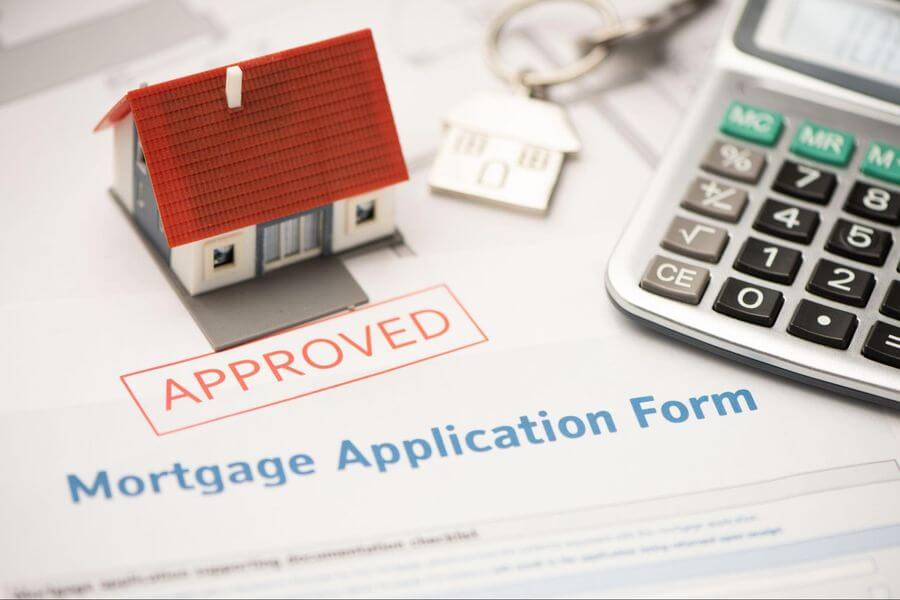
The mortgage approval process in Canada consists of three distinct stages, outlined as follows:
-
- Initial Consultation with Your Broker: This first step involves a thorough review of your financial situation with your mortgage broker. The aim is to estimate how much you can borrow and identify any potential hurdles you might face. After this discussion, you should have a clear set of steps to follow to position yourself favourably for Canada mortgage approval.
- Pre-approval Process: In this phase, you and your broker will review your mortgage application, examine your credit history, and evaluate your financial documents, such as your proof of income. This step verifies the details discussed in the initial consultation, helps you choose the most appropriate mortgage lenders for your needs, and leads to the submission of your mortgage application.
- Application Submission and Approval: After finalising your application and gathering all necessary documents, your broker will forward it to the lender that best matches your financial circumstances. Once the lender approves your application, your attorney will complete the mortgage agreement and start the funds transfer process.
Step-By-Step Guide To Securing a Canada Mortgage Approval
Let’s simplify and clarify each phase of the mortgage approval in Canada, providing you with a clearer roadmap.
Initial Consultation
Your first step is to meet or call your mortgage broker to outline your path to approval. This initial discussion should last no more than an hour.
-
- What occurs during this time? Your broker will inquire about your financial standing to assess your eligibility for a mortgage and estimate the borrowing amount.
- What’s next? If you proceed with the application, your broker will guide you through processing it and obtaining mortgage approval.
Pre-approval Stage
In this phase, you must provide your broker with various documents to verify the preliminary discussions. If efficient, this process can be completed in just a day. The steps include:
-
- Gathering required documents & application forms: Your broker will supply you with a tailored checklist for your mortgage application, including the application form and a privacy consent form. Essential documents include proof of income (like pay stubs or tax forms), financial details (such as credit scores), proof of down payment, and property information.
- Submitting documents to your broker: After receiving your documents, your broker will review your credit and debt information and compile a comprehensive financial profile.
- Identifying suitable lenders: Your broker will then determine the best lenders for your situation and introduce your profile to them to improve your chances of approval.
Application Submission and Approval

This crucial phase involves submitting your application to the chosen lender and awaiting approval, which could take a month or more.
-
- Submitting the application – You and your broker will send your application and supporting documents to the selected lender.
- Awaiting underwriting results – The review process by underwriters can last from 24 to 72 hours, where they assess the lending risk based on your financial data. Key factors include your income, credit history, down payment, and the property’s details.
- Receiving a conditional commitment – If your application is accepted, you’ll receive a ‘conditional commitment’ stating that your mortgage is approved subject to certain conditions, usually related to verifying your financial and property information.
- Informing your lawyer and real estate agent – Inform your lawyer and real estate agent upon mortgage approval, especially if your purchase agreement includes a financing clause.
- Completing paperwork – You’ll meet with your lawyer to sign documents, make the down payment, and fulfil any remaining conditions.
- Receiving the funds – Finally, the lender will send the funds to your lawyer, who will complete the property transfer. If you’re buying a home, your real estate agent will give you the keys.
Calculating Potential Mortgage Approval
Suppose you’re looking to get a rough idea of your mortgage possibilities. The calculator is user-friendly. You just need to input several details, and it does the rest for you:
-
- Household income
- Down payment
- Condo fees (if applicable)
- Mortgage rate (the interest rate you’ll pay annually on the mortgage amount)
- Credit card balance
- Car payments (if applicable)
- Other loan debt amounts
- Amortisation period (the time it will take to pay off your mortgage completely).
Once you’ve entered this information, the calculator will give you an affordability snapshot, including the maximum purchase price and monthly housing expenses you can afford.
Additionally, it calculates:
-
- The qualifying interest rate
- The mortgage principal amount
- Mortgage default insurance
- The monthly mortgage payment
- Property taxes
- Heating costs
- Condo costs (if applicable)
So, if you’re wondering about how much you could borrow for a house or if you qualify for a mortgage, using this calculator could provide some clarity.
Common Issues Leading to Mortgage Application Denial

Being turned down for a mortgage is especially disheartening because it directly impacts your ability to buy a home. To move past this hurdle, it’s crucial to address any risk factors that could lead to the disapproval of your mortgage application. Here are the main issues and how you can tackle them:
Car Loans
Since a car is likely your second-largest purchase after a home, having significant debt can reduce your ability to afford a mortgage. A debt-to-income ratio above 43% often results in rejection.
-
- Solution: You can pay off your debts or increase your income. Some lenders may have more flexible criteria, but lowering your debt-to-income ratio is generally wise.
Lack of Credit History
Proving your financial responsibility is difficult without a track record of timely payments. This situation can be even more challenging than having poor credit.
-
- Solution: Luckily, some lenders consider non-traditional credit histories, such as regular payments to landlords or utility companies. This approach is particularly helpful for newcomers without a Canadian credit history.
Poor Credit: A credit score below 753 is considered below average. A history of missed payments or defaults can signal to lenders that you might not maintain timely payments.
-
- Solution: Build a positive credit history over time, or consider alternative lenders like private mortgage firms. Though they typically charge higher rates, credit unions and other ‘B lenders’ might offer more reasonable terms.
Inconsistent Employment History
Lenders view a stable job history as an indicator of your ability to make regular payments. They look at both your past and projected future employment.
-
- Solution: Stable current employment can outweigh past inconsistencies. Discussing this challenge directly with lenders or employing a broker can help.
Self-Employment
Being self-employed can make your income seem less stable to lenders than that of someone with a traditional employment arrangement.
-
- Solution: Documentation proving financial stability and a positive income history over at least two years can support your application. Lenders favour a stable and predictable income.
Recent Credit Activity
Changes in your credit situation, like new debts or significant purchases after pre-approval, can lead to a final rejection.
-
- Solution: Keep your finances stable and within budget until your mortgage is fully approved.
Insufficient Savings
Savings demonstrate your ability to repay the loan and serve as a financial buffer.
-
- Solution: Prioritise building a robust savings account to improve your financial security.
Low Down Payment
Down payments under 20% might not meet the requirements for Canada mortgage approval, as they don’t align with most mortgage insurance guidelines.
-
- Solution: Aim to save for a larger down payment or consider a less expensive property.
If your mortgage application is rejected, take the opportunity to reassess and improve your financial standing. Consulting a mortgage broker can provide clarity and direction. Remember, improving these aspects of your financial life is beneficial, even beyond the context of securing a mortgage.
You May Also Read
|
Guide To Pine Mortgage in Canada |
|
|
All About Mortgage Payment Shock |
|
|
Know The Mortgage Prepayment Penalty |
|
|
Explore Letter of Employment For Mortgage |
Frequently Asked Questions (FAQs)
To expedite your mortgage approval, ensure all your documents are in order and submit a complete application. Working with a mortgage broker can also streamline the process, as they can quickly match you with lenders suited to your financial situation.
The income needed for a mortgage varies by lender and your financial situation, including debts and living expenses. Generally, your housing costs should not exceed 32% of your gross monthly income, and your total debt load should not surpass 40% of your gross monthly income.
If you earn $40,000 a year, lenders typically allow for a total debt service ratio of up to 40% of your gross income. Depending on your debts, down payment, and interest rates, you might qualify for a mortgage up to 3 to 4 times your annual income, which can vary widely.
If you cannot secure a mortgage, review the reasons for rejection, such as credit score or income issues. Consider addressing these areas, saving for a larger down payment, or exploring alternative lenders. A mortgage broker can offer guidance and alternative options.
The mortgage rejection rate can vary based on economic conditions, lender criteria, and the applicant's financial health. While specific statistics for Canada fluctuate, maintaining a strong credit score, stable income, and reasonable debt levels can significantly improve approval chances. How can I get my mortgage approval fast?
How much income do I need for a mortgage?
How much of a mortgage can I get if I earn $40000 annually?
What do you do if you cannot get a mortgage?
What is the rejection rate for mortgages?







